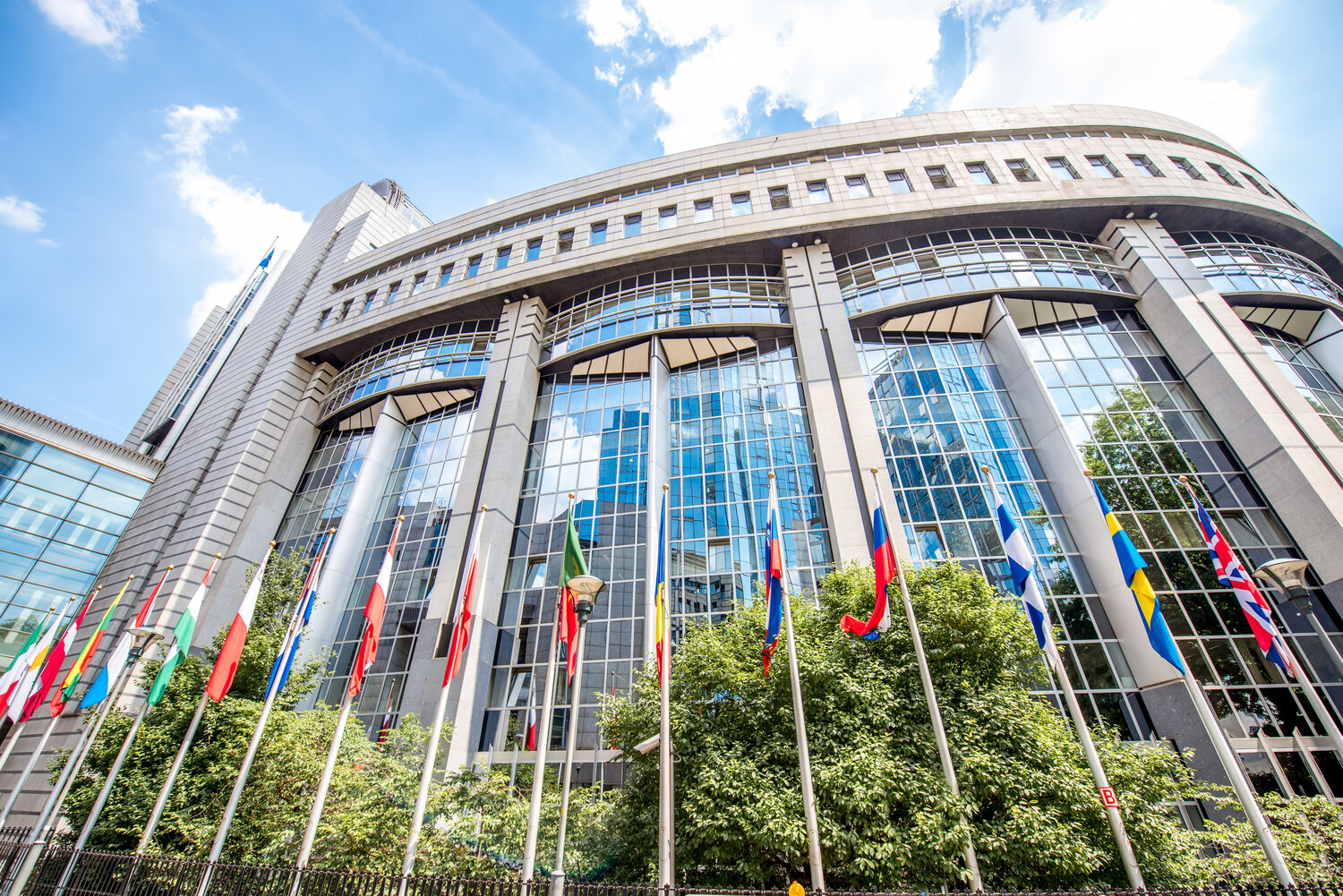The goal of the EU Chapter is to make EU policy and decision makers aware of the multiple benefits of green roofs and walls in urban areas. There are major pieces of legislation due to be revised over the next two years. Two of them stand out because of their relevance: they are the European Urban Waste Water Treatment Directive (UWWTD) and the European Performance of Building Directive (EPBD). It is in the interest of everyone that these directives include specific provisions to address stormwater management and urban runoff and, when technically feasible, to systematically integrate green walls and roofs in all new buildings and in the renovation of the existing building stock.
More Initiatives Are in the Making in the European Union
A bottom-up initiative has recently launched a brainstorming to design the New European Bauhaus, a new concept to shape the built environment around three pillars: sustainability, aesthetic and inclusiveness. In other words, write New European Bauhaus and read green infrastructure!
On biodiversity, the European Commission published its Biodiversity Strategy for 2030. Greening urban and peri-urban areas is a component. Among other things, the strategy calls for a systematic integration of green infrastructures into urban planning, including in public spaces, infrastructure, and the design of buildings and their surroundings. To bring nature back to cities and reward community action, the Commission calls on European cities of at least 20,000 inhabitants to develop ambitious Urban Greening Plans by the end of 2021. These should include measures to create biodiverse and accessible urban forests, parks and gardens; urban farms; green roofs and walls; tree-lined streets; urban meadows; and urban hedges.
There is so much at stake at the moment, and the smartest thing to do right now is to provide a port of call on green infrastructure for policy makers. The EU Chapter of WGIN is there to hear that call. Our support ranges from providing evidence and quantifying benefits and costs of green roofs installations to addressing technical concerns and explaining the full potential of existing systems and solutions. In parallel, we are studying how to develop partnerships, exchange good public affairs practices and how to leverage the learnings and the approaches that we are putting in place in Europe in other regions of the world.
The policy and regulatory frameworks in Europe are evolving fast. Finance, especially the resources from recovery funds, is there and will flow into the economy. NextGenerationEU, Europe’s 750 billion EUR recovery package, will have to include at least 37 per cent of expenditures related to climate action. This is an unprecedented opportunity to transform the built environment. In the decade of climate action, we must all help governments across the world to make greener cities front and centre of their thinking.

